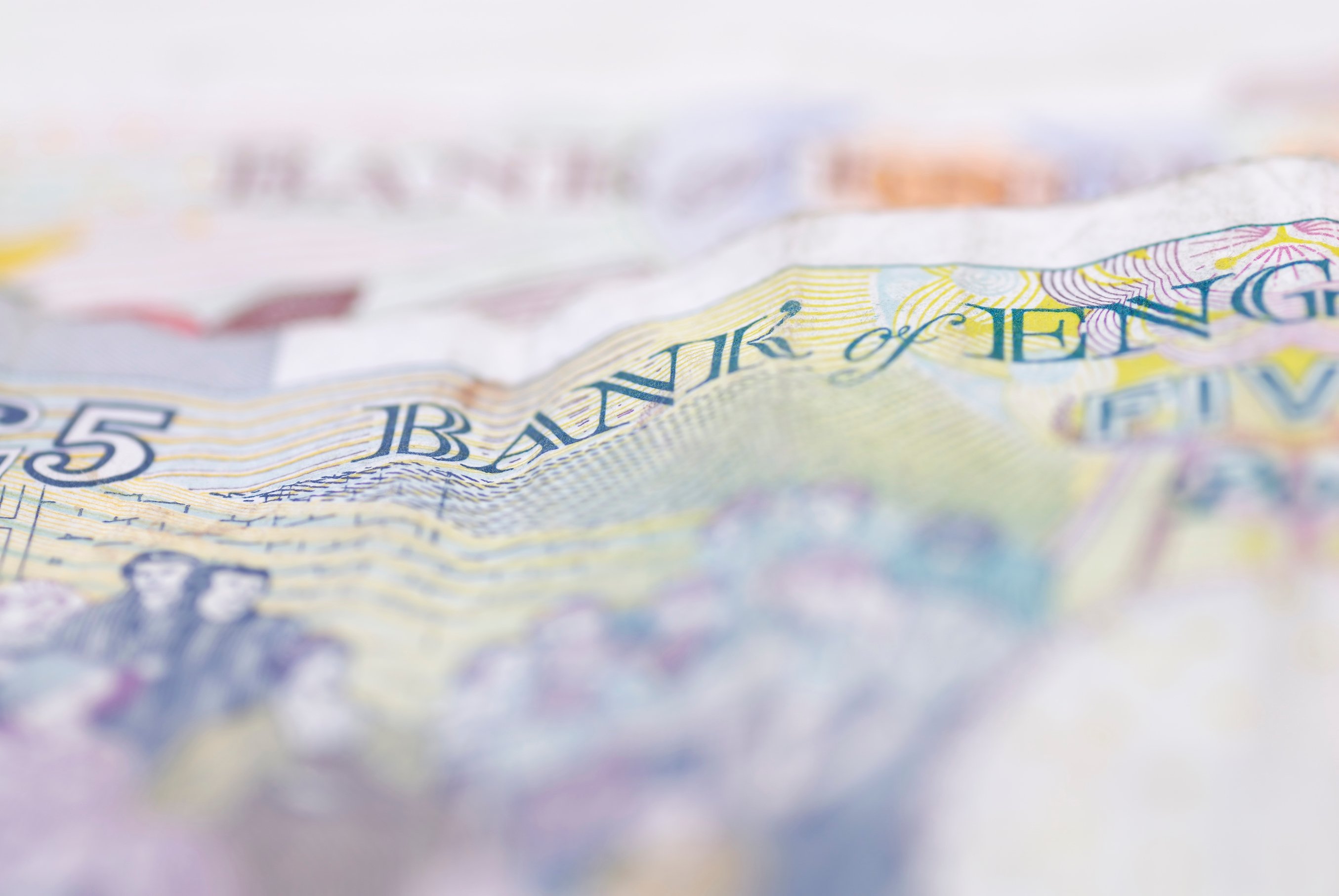For the first time the number of cashless payments has overtaken the use of notes and coins in the UK.
According to the UK Payments Council, cash payments made by consumers and businesses in the UK dropped to 48 percent of payments last year. Just over half (52 percent) of payments were made electronically.
Cash is still the most popular way to pay among consumers though, accounting for more than half (52%) of all their transactions in 2014. The current forecast is that this figure will drop below 50% next year (2016), but there is no prediction for cash to disappear.

The UK moves closer to becoming a cashless society.
The number of free-to-use cash machines increased in 2014, reaching 50,506. The Payments Council said in its report that “with more cash machines available, as well as the majority being free-to-use, the total number of people using cash machines continues to grow year-on-year. Most people who used a cash machine in 2014 used them often, with 91% of us withdrawing cash from an ATM at least once a month.”
The use of cash to make payments has been steadily declining and last year the decline accelerated at the fastest pace in nearly three decades.
Over the next decade cash volumes are expected to drop by 30 percent. By 2024 only 34 percent of consumer payments are expected to be in cash.
Proportion of cash payments by sector in 2014:
Petrol station: 24.5%
Electrical goods: 33.8%
Supermarkets: 43.8%
Bookshops: 45.5%
Travel and transport: 59%
Charity: 65.9%
Discount stores: 68%
Convenience stores: 78.5%
Pubs and clubs: 83.9%
Newsagents: 84.8%
Source: Payments Council
What are non-cash payments?
Non-cash payments are comprised of: cheques; debit, credit and charge cards; Direct Debits and Direct Credits; standing orders, internet and phone transactions made via Faster Payments and CHAPS transactions.
